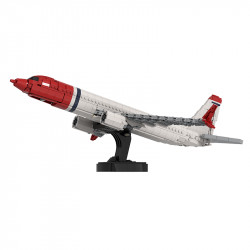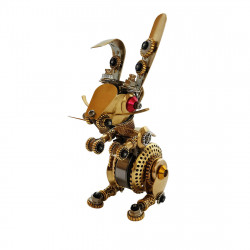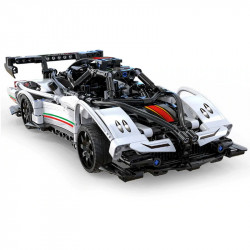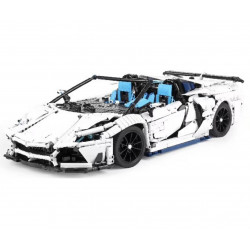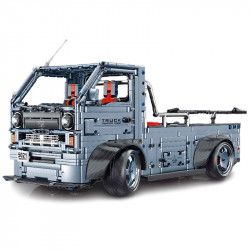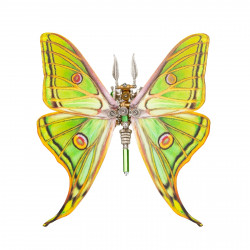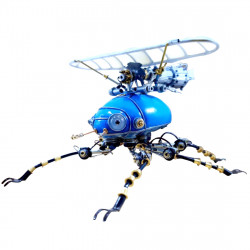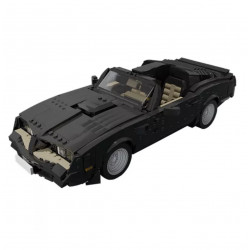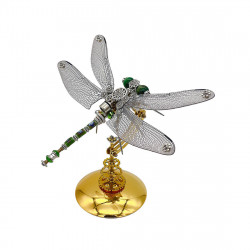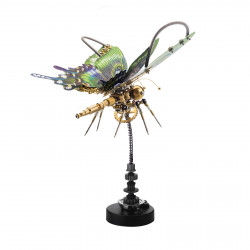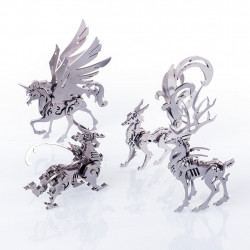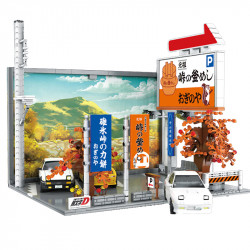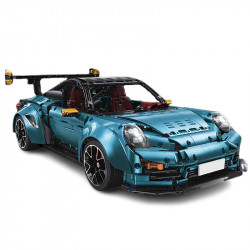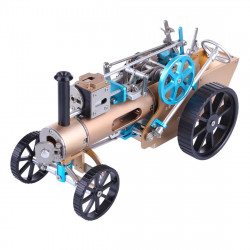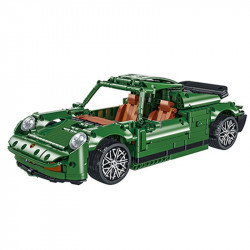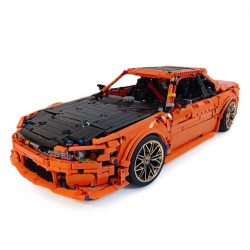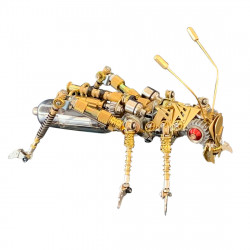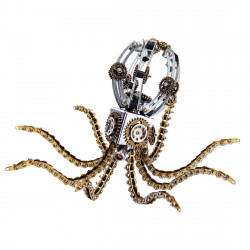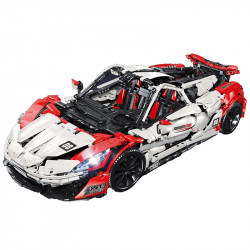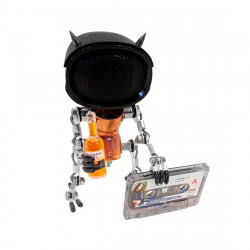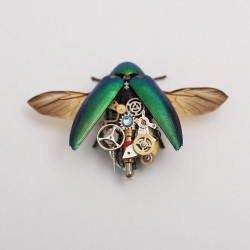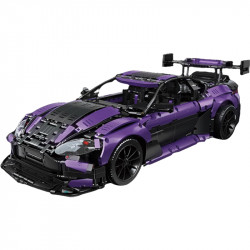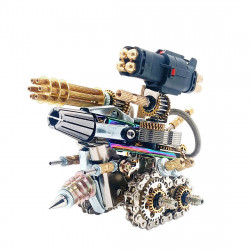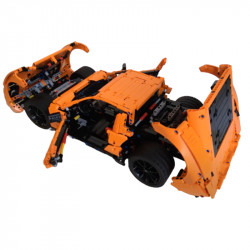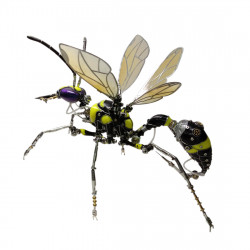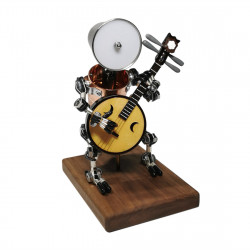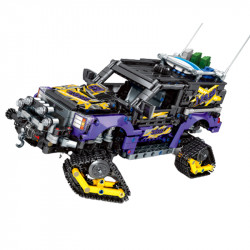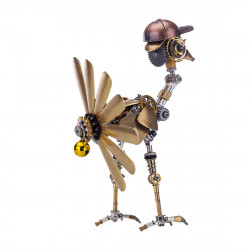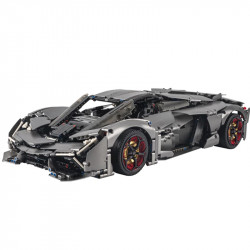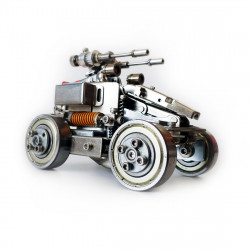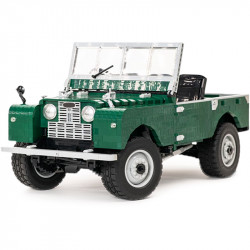How to Clean Metal Model Kits: A Beginner's Guide

How to Clean Metal Model Kits: A Beginner's Guide
Keep Your Mechanical Masterpieces Shiny & Rust-Free
1. Why Clean Your Metal Models?
- Preserve Value: Rust and other problems that could lower resale value are avoided with proper care.
- Enhance Display: Clean Models appear great in your collection, business, or house.
- Prevent Damage: Moisture and dust can lead to irreversible corrosion over time.
⚠️ Common Mistakes to Avoid:
❌ Using harsh chemicals or alcohol can ruin finishes.
❌ Immersing models in water causes metal components to corrode.
2. Tools You Already Have at Home
Basic Cleaning Kit
- Soft-bristle toothbrush
- Hair dryer (cool setting)
- Microfiber cloth
- Cotton swabs
Optional Extras
- Lemon juice (for rust removal)
- Toothpaste (non-abrasive)
- Contact Cleaner (rust protection)
3. Step-by-Step Cleaning Process
Step 1: Remove Loose Dust
- Blow Away Debris
- Hold a hair dryer eight inches away and set it to a cool setting.
- Pay attention to joints, scales, and cracks (e.g., spider legs, dragon wings).
- Pro Tip: Place a white sheet underneath to make dust more straightforward to see.
- Gently Brush
- Clean nooks and crannies with a toothbrush.
- Use a cotton swab on delicate areas (such as LED lights).
Step 2: Clean Stubborn Stains
Fingerprints & Grease
- Use water to moisten a microfiber cloth.
- Avoid rubbing in circles, and wipe in one direction.
- Stubborn spots? Put a drop of dish soap in there.
Rust Spots
- Using a cotton swab, apply lemon juice to the rust.
- After five minutes of sitting, use a toothbrush to scrape.
- Rinse with water, then pat dry right away.
Glue Residue
- Use acetone-free nail polish remover to soak a cotton ball.
- Apply adhesive for ten seconds, then use the edge of a credit card to scrape.
Step 3: Restore Shine
- Apply Toothpaste
- Put a pea-sized amount on a piece of cloth.
- Use circular motions to buff flat regions, such as the dragon's back.
- Detail Work
- Use a cotton swab dipped in toothpaste for minor features (such as robot eyes).
Step 4: Clean LED-Lit Models Safely
- Unplug or Remove Batteries
- Wipe Exterior
- Wipe the case with a moist cloth.
- Clean the interior of the light slots using compressed air.
- Avoid Water Near Electronics
- LED components should never be submerged.
Step 5: Prevent Future Damage
- Lubricate Joints
- Oil the moving parts with a dab of sewing machine oil.
- Rust Protection
- Twice a year, mist metal components with contact cleaner.
- Storage Tips
- Short-term: Put a plastic bag over it.
- Long-term: Store with silica gel packs in an airtight container.
4. Model-Specific Cleaning Tips
Insect Models (e.g., Mantis)
- Use a camera lens brush to clean your eyes.
- To ensure smooth movement, apply Vaseline to the wing joints.
Dragon Models
- Scales are applied from bottom to top.
- Claws can be cleaned using a cloth-wrapped toothpick.
Gear Models (e.g., Mechs)
- Inject gearboxes with compressed air spray.
- Gears can be made quieter by using watch grease.
5. FAQs from Model Collectors
Q: How do I fix a stuck mechanical joint?
A: After an hour of soaking in sewing machine oil, gently wiggle it.
Q: Can I use ultrasonic cleaners?
A: No! They might make glued pieces less rigid. Use only hand cleaning.
Q: My gold plating is peeling. What should I do?
A: Use a jewelry polishing cloth (such as Sunshine Cloth) to buff gently.
6. Expert Advice
"Always test new products on the bottom of your model first."
— Steampunk Enthusiast Magazine
"Invest in UV-protective display cases to prevent fading."
— Model Collecting Handbook
7. Decorating Ideas After Cleaning
- Living Room: Put a polished dragon on a shelf that floats.
- Kids' Room: Make use of LED nightlight models.
- Office: Combine a simple desk lamp with a robot model.
8. Product Recommendations
- Cloths
- Rust Remover
- Compressed Air
